Mark Twain and Other Folk Favorites: (1954)
There aren't enough words to tell how great Harry Belafonte is as an entertainer, and as a human being. Since I was a kid, I've thought Harry Belafonte was one of the most dignified men I've ever seen. Then the more I learned about his politics, and activism the more I respected this giant of a man. This album, "Mark Twain", is his debut.
Belafonte: (1956)
Calypso: (1956)
1956 began a four year run where Belafonte would release two albums a year. These days if anyone can name a song Belafonte did it's usually Day-O (the Banana Boat Song) from the album Calypso. And most know it from Beetlejuice. Calypso was the first album to sell a million copies, and it paved a wide road to popularizing Jamaican and Caribbean music.
Harry Belafonte/The Islanders:
Sings Five Early Songs: (195?)
This is a cool split album between Harry Belafonte (Side A) and the Islanders (side B) that is very much in the vein of his album Calypso.
Belafonte Sings of The Caribbean: (1957)
My Lord What A Mornin': (1959)
Swing Dat Hammer: (1960)
Belafonte uses each album to highlight different groups of people with a deep empathy that msnifests in the sincerity with which he sings. Swing Dat Hammer was a collection of chain gang songs, and it won Belafonte a Grammy.
Belafonte at Carnegie Hall: (1959)
If you were going to own just one Harry Belafonte album, this should probably be the one. It was the first of two albums recorded at Carnegie Hall, and it captures the man in all his glory and commanding stage presence. It was also nominated for an Album of The Year Grammy.
Jump Up Calypso: (1961)
Another cool album by Belafonte. This one features the Trinidad Steel Band.
Midnight Special: (1962)
In addition to an awesomely badass album cover, this album marks the official recording debut of Bob Dylan, who played harmonica on this album.
Streets I Have Walked:(1963)
Calypso In Brass: (1966)
Though Calypso in Brass contains songs Belafonte had perviously recorded, here they have been rearranged with a brass band, which makes this a lively album. Key track here is Zombie Jamboree.
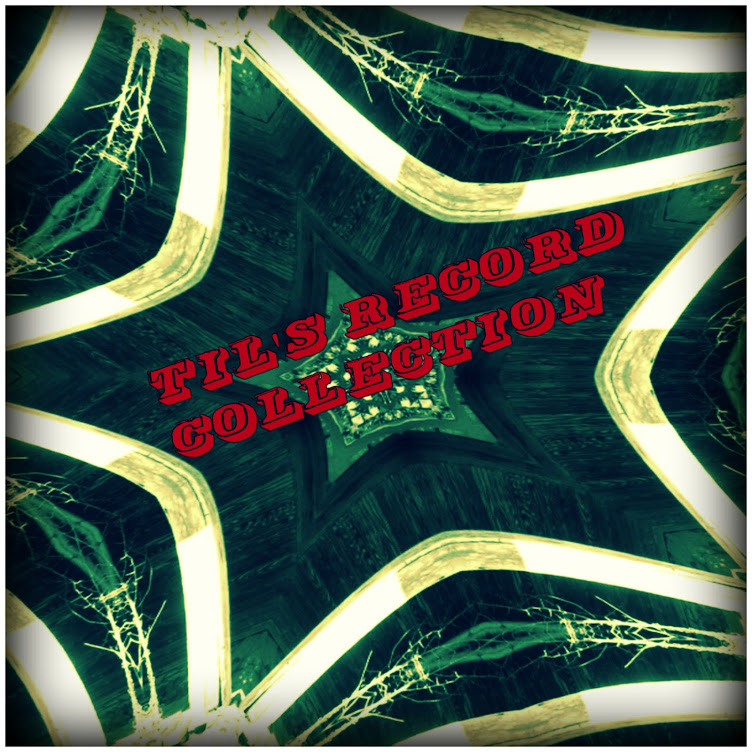

.jpg)







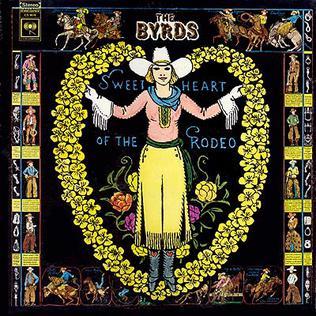
_album_cover.jpg)


.jpg)

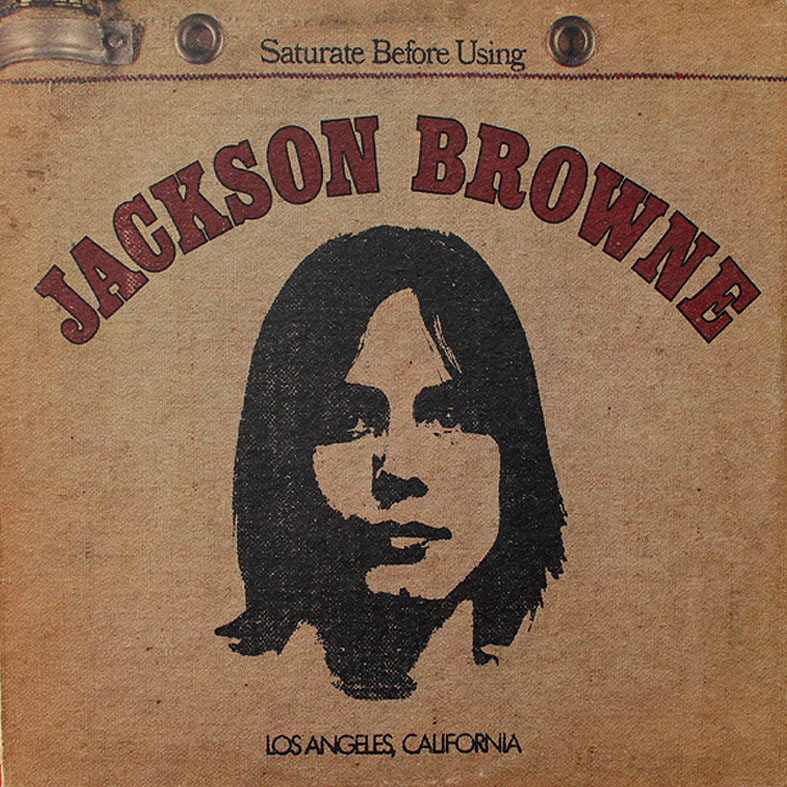


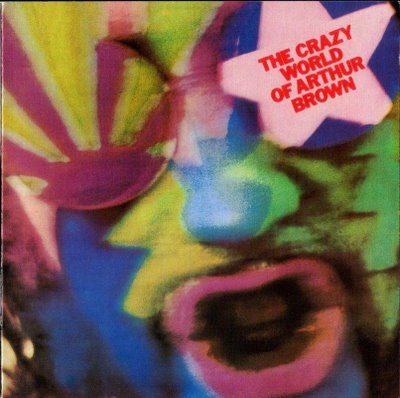

:format(jpeg):mode_rgb()/discogs-images/R-932843-1433957878-2845.jpeg.jpg)





:format(jpeg):mode_rgb()/discogs-images/R-2186079-1268825172.jpeg.jpg)


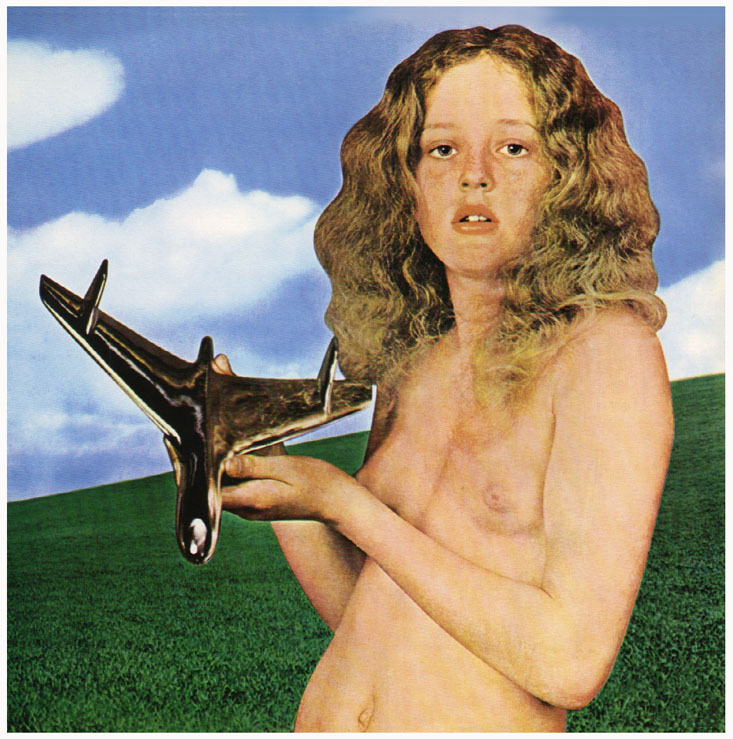




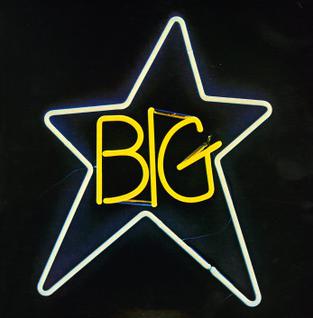


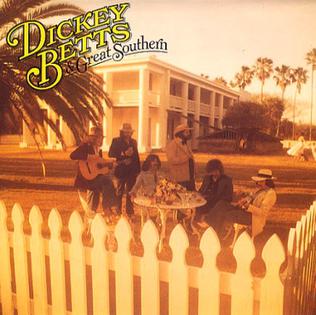



:format(jpeg):mode_rgb()/discogs-images/R-1177764-1327015446.jpeg.jpg)




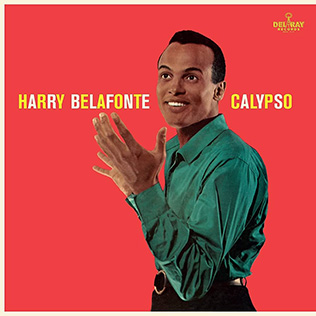
:format(jpeg):mode_rgb()/discogs-images/R-1662630-1361422288-6671.jpeg.jpg)
:format(jpeg):mode_rgb()/discogs-images/R-1436596-1271690996.jpeg.jpg)






:format(jpeg):mode_rgb()/discogs-images/R-3588748-1426317266-4680.jpeg.jpg)